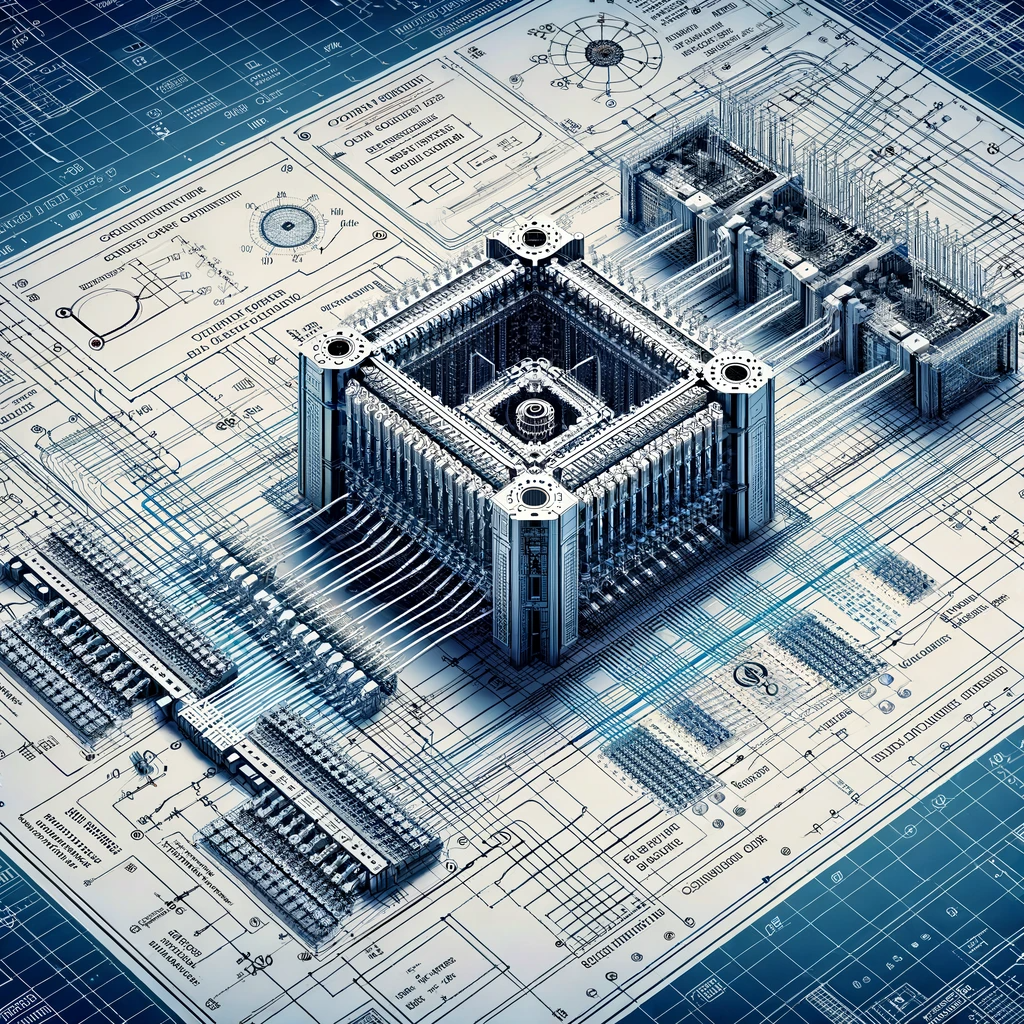Decoding the Anatomy of Quantum Machines
Quantum computers, with their intricate architectures and unprecedented capabilities, mark a paradigm shift in computation. But what really powers these mysterious devices? Let’s dive deep into the physical and quantum components that make up this state-of-the-art marvel.
The Protective Cloak: Multiple Casings
Upon powering a quantum computer, it immediately showcases its fortitude by revealing five unique casings. This formidable exterior is not just for show. Quantum computing, as advanced as it is, faces challenges such as decoherence, where external factors risk the integrity of quantum states. The parallels between decoherence and Bose-Einstein condensates are uncanny. Much like how the latter’s atoms separate under Earth’s gravity, necessitating their placement in the International Space Station, quantum computers too require a meticulous environment. Here’s where our casings come into play, acting as shields against external threats and maintaining the computer’s quantum harmony
The Shell
A noteworthy component, the “shell”, is more than just protective armor. Vacuum-sealed to perfection, it keeps the entire quantum apparatus cooled to sub-zero temperatures. This chilling is not an act of extravagance but a crucial strategy to combat decoherence and ensure a consistent quantum environment.

The Skeleton
Within these chambers of chilling excellence, the skeleton comes alive. Gold plates serve as barriers, demarcating unique cooling zones. The range is extreme: while the upper chamber simmers just below absolute zero, deeper layers drop to a chilling one-hundredth of a kelvin.
The Heart
At the epicenter, beneath the heat exchangers, lies the “mixing chamber.” Acting as the heart of our quantum machine, it contains an exotic cocktail of liquid helium variants—helium-3 and helium-4. Their dance, a blend of separation and evaporation, dissipates heat, ensuring the quantum core remains undisturbed.
The Brain

And what is a computer without its brain? The Quantum Processing Unit (QPU), a remarkable blend of engineering and quantum physics, takes center stage. A gleaming gold-plated copper disk cradles a silicon chip within, housing the machine’s intellectual prowess. This is where the magic, or rather quantum mechanics, truly happens.
The Nerves
Drawing parallels to biological systems, we find the “nerves” of our quantum entity. These are no ordinary cables; they are photon-carrying lifelines. Lined with coils, these cables have a critical task: to alleviate stresses that emerge from the aggressive cooling. Absent these coils, data cables, our quantum computer’s communication channels, would succumb to the pressure and fracture.
The Road to Quantum Supremacy
Each component, from the protective shell to the intricate brain, is a testament to the ingenuity of modern quantum design. As we push the boundaries of computational power, it’s these components that pave the way, ensuring each quantum bit, or qubit, operates at its peak potential. The future is quantum, and with such architectural marvels, we’re well on our way.



